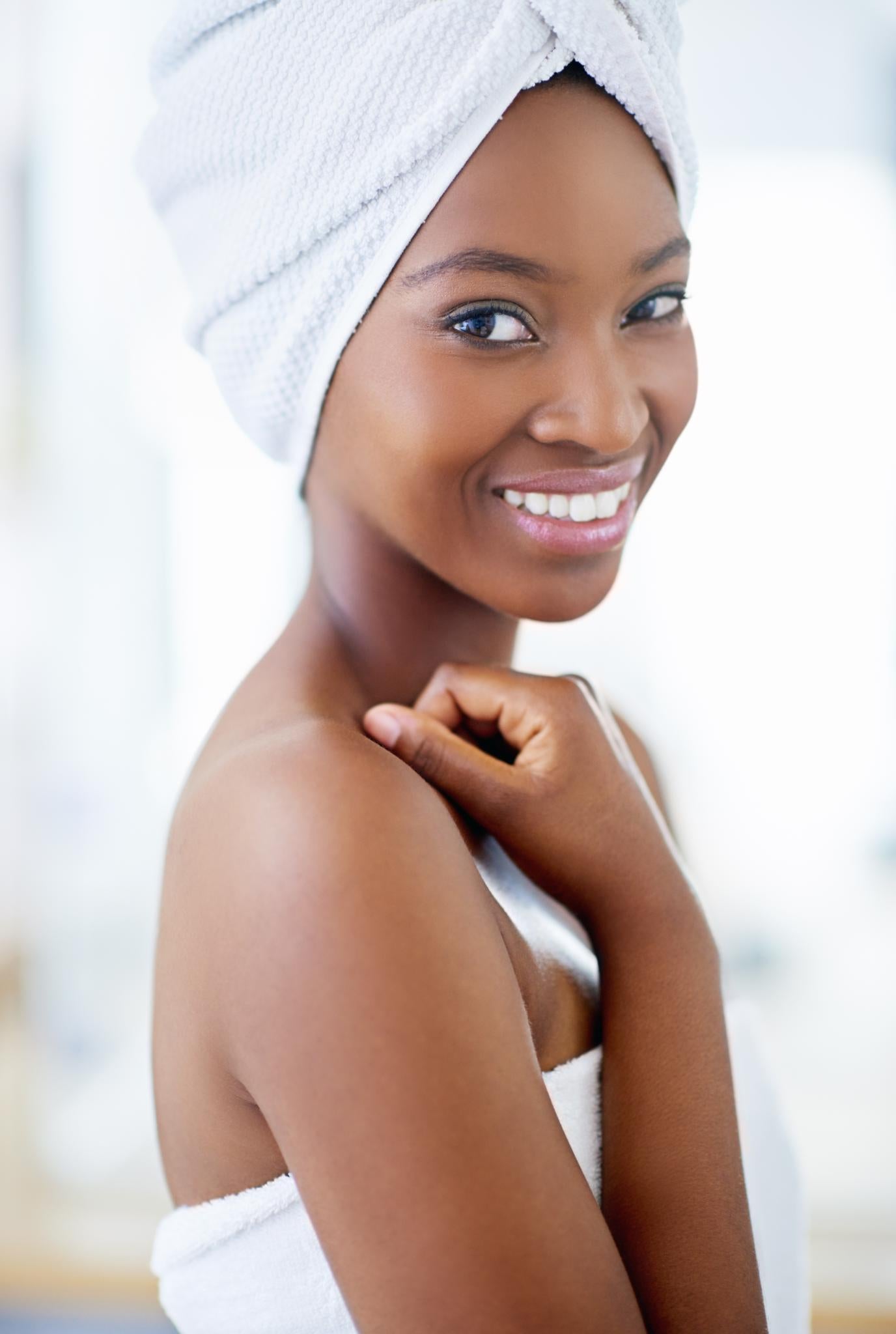
This article originally appeared on Instyle.
Maybe it’s just in your DNA, or maybe it’s caused by too much contact with the sweaty mats at the gym. Doesn’t really matter—body acne sucks either way. And while it’s easily concealed with clothing (especially if it’s on your butt or your back), covering it up isn’t doing much to solve the problem. But after trials of scrubs and lotions galore, I’ve found one treatment that works wonders on body breakouts. Not only that, it’s pretty stellar for your face, too.
The formula that’s won my stamp of approval? Differin Acne Treatment Gel ($12; target.com).
I tribute most of my body acne to hours at the gym to the three S’s—a mix of sweat, spandex, and sports bras (gross, I know)—and nothing I tried would fully get rid of the patch I was dealing with until I started regularly using Differin. What sets it apart from other acne treatments I’ve used is that it’s an acne-treating retinoid.
Scared of the word retinol? The ingredient which is so commonly known in anti-aging skincare actually has major benefits when it comes to clearing up and preventing blemishes. To understand why it’s effective, Dr. Melissa Kanchanapoomi Levin, board-certified NYC dermatologist and clinical instructor at Mount Sinai Icahn School of Medicine, says you first need to know why acne forms.
It starts when the pore gets clogged with dead skin cells and sebum. “That mixture of dead skin cells and sebum becomes trapped inside the pore, creating an oxygen-free environment where a naturally occurring bacteria, called P. Acnes, which resides in the hair follicle, multiples very quickly, resulting in inflammation,” she says.
To treat it then, Dr. Levin says you need to address all the causes, including clogged pores, inflammation, oil production, and bacteria. “Retinoids are the absolute backbone of an acne treatment since they treat and prevent acne by declogging pores by normalizing skin cell turnover and as an anti-inflammatory. Furthermore, retinoids have been proven to improve skin discoloration and texture and therefore, restores the skin from prior outbreaks,” she says.
But that doesn’t mean you should pick up any retinoid and use it for your zit. This particular retinoid is the first one to be FDA-approved for treating acne, can be used on mild, moderate, and severe acne, and just became available to purchase over the counter. Previously, you could only get your hands on with a Rx.
“I recommend Differin Gel or any retinoid as a full field treatment, meaning you should treat the entire face or entire back,” she says of the clear gel. “The point of a retinoid is not only to treat the acne but actually prevent it from occurring it in the first place, so maintenance is absolutely key.” AKA, it’s not a spot treatment.
It’s super lightweight, isn’t sticky at all, and absorbs quickly, so it’s easy to add to your routine. While I’ve seen a pimple vanish without return while using it, it doesn’t happen overnight. You need to apply it regularly, and you need to give it time to kick into high gear.
“Since Differin works by normalizing skin turnover, I advise my patients that results can take up to 6-12 weeks, but some patients start to notice an improvement as early as 2 weeks, but this is rare,” explains Dr. Levin. “After an acne outbreak is controlled, you should continue Differin Gel. It’s about prevention and maintenance!”